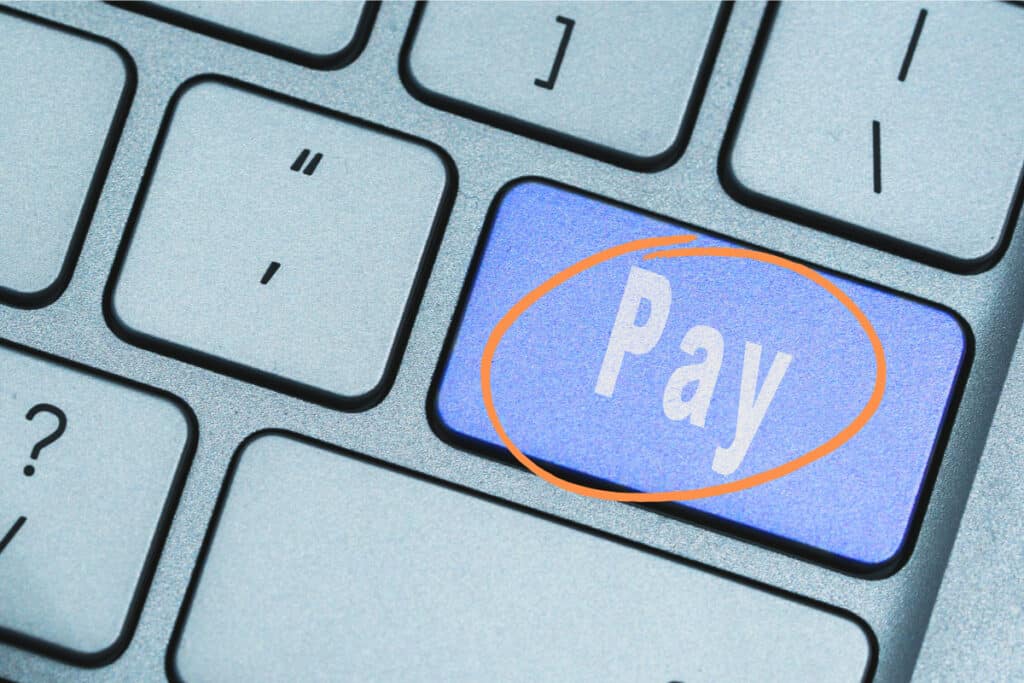Blender is today regarded as one of the premier applications for various creative tasks ranging from 3D modeling to sculpting to animation. It is the best free alternative to 3D modeling suites such as Houdini, Maya, and 3Ds Max. So why is it so good does it remain free, and how did it become free in the first place?
Blender 3D became a free-to-use application due to stalled development due to the dissolution of two companies, NatGeo and NaN, in 1998 and 2002, respectively. The Blender foundation was formed to continue Blender’s development as an open-source application.
The early years of Blender’s existence were either as an in-house application or as shareware, depending on the company under which the software was filed. Still, since then, it has been both free and open source to the global Blender community.
Was Blender 3D Always Free To Access?
Blender was not always a free, open-source application that you could go to the Blender website and download with no questions asked.
In its earliest days, Blender was not even available to the public and was initially designed as a tool to help improve NeoGeo’s workflow when creating 3D animation for clients.
To keep a timeline of Blender’s history, its unofficial birthday is January 2nd, 1994. However, the 1st full version of the Blender software would not be completed until January 1995, a year later.
Much of Blender’s initial design was inspired by a much older application called Traces. The name Blender meanwhile, was inspired by a song from the band Yello, who used NatGeo’s animations as the showreel for their album Baby.
During the period where Blender was an asset of NeoGeo, it was not made available to the public and was exclusively in-house software.
It would not be until early in 1998 that this would change, and Blender would be released as SGI freeware.
Blender As A Form Of Freeware
If you have not heard the term freeware, it refers to a software application distributed at no financial cost to the end user.
As a result, you could access the application even if you were not a part of NeoGeo, which would dissolve shortly after in ’98.
Note that freeware is not the same as open source. With freeware, there is very little protection for the software and its users legally, plus there is no access to the source code for the end user.
Open source allows access to the source code of the software and the application itself, and different licenses can change how software is distributed.
Just because Blender was freeware at this stage does not mean it was free software. It simply means that users can download a base version of the software but does not prevent additional features from being introduced at cost.

In 1999 new features were introduced behind a $95 paywall to coincide with Blenders’ release on windows systems.
Blender As Shareware (NaN Technologies)
It would not be long until Not A Number technologies acquired Blender after NeoGeo went out of business, and as a part of this transition, Blender itself would become a form of shareware.
Not to be confused with freeware, shareware is a term used to describe proprietary software initially made available in a demo form with the eventual goal of having to pay for the full software to access all of the critical features.
Blender would remain as shareware until NaN went out of business in the first quarter of 2002, leaving Blender 3D in development limbo once again.
When Blender Truly Became An Open Source Application?
Up to this point, Blender’s development depended on its parent company’s continued existence, and previous financial models surrounding Blender’s development had proven to be not for the long term.
A new approach was needed. In May 2002, Ton Roosendaal created the nonprofit Blender foundation with the singular purpose of continuing the development of 3D software. A crowdfunding campaign titled Free Blender would be started to raise $100,000 to restart blender development.
By the time we reached September of that same year, Blender Foundation had raised enough money to release the source code of the Blender software. In February of 2003, the next version of Blender would be released, version 2.26, and this would be the first time that Blender was released as a genuinely open-source application.
Since then, Blender has remained as open source software, and the Blender Foundation has found new ways of bringing in the finances needed to continue the software’s development. In the last few years, this has resulted in significant gains in the abilities of Blender 3D as a 3D modeling application and beyond.
Thanks For Reading The Article
It’s been a long road for blender, but now you know why Blender is open source and free to the global community. To learn more about the blender software, check out some of our other articles below.